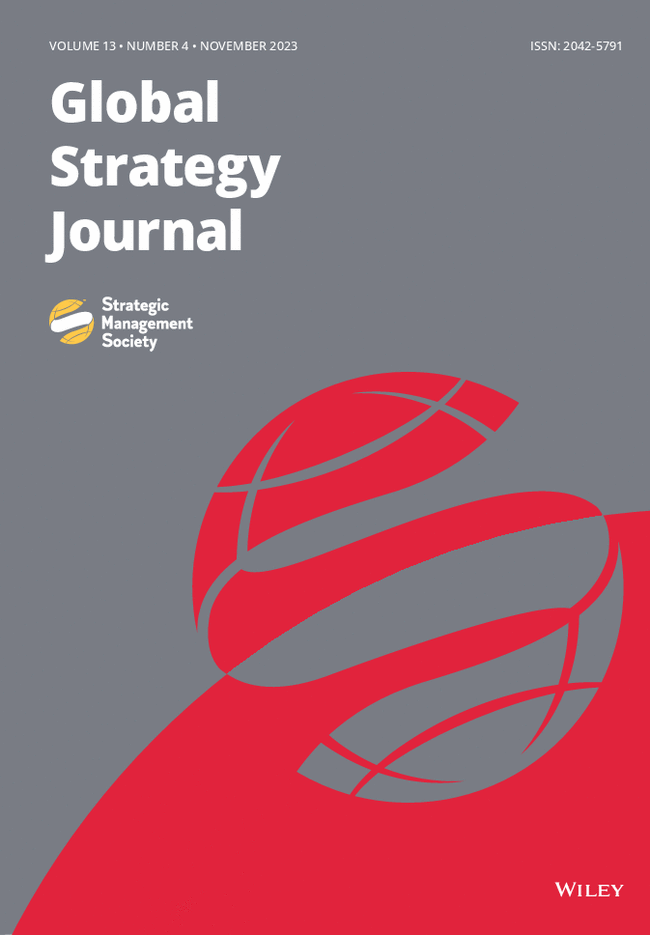Resource dependence theory (RDT) has been widely applied in the context of international business (IB) over the past four decades. This study reviews and synthesizes the insights of RDT in IB literature accumulated over the past 40 years and derives an integrative addendum for future research. We highlight three critical dependence dimensions (i.e., locational, interorganizational, and intraorganizational dependencies) and three essential RDT themes (i.e., dependence solutions, dependence-managing outcomes, and macro environmental conditions of RDT) in the IB context. Our review concludes that the IB literature has reached a good level of conceptual and empirical consensus concerning how multinational corporations (MNCs) take a large array of resource dependence actions and manage their resource dependence in various situations. We also find a strong need for further extension of RDT in IB research, offering suggestions for future research, including additional theoretical integration, underlying processes, and new dynamics that change the course of cross-border interdependencies under the new global reality.
This study systematically reviews the stock of knowledge over the past 40 years on how the logic of resource dependencies unfolds in IB practices (e.g., cross-border M&As, alliances and joint ventures, global supply chains, corporate political strategies, headquarters-subsidiary relationships, and upper-echelon decisions). Our findings and conclusions offer a decision roadmap for IB practitioners to assess various resource dependence situations with external and internal stakeholders in IB operations and to effectively manage such interdependencies. We also elaborate on the important implications of MNCs' strategies for effectively managing their resource dependencies in international exchanges in the modern world, which is characterized by the coexistence of trends leading of both globalization and de-globalization.


